Book reviews: ‘All the Way to the River: Love, Loss, and Liberation’ and ‘Mother Mary Come to Me’
Elizabeth Gilbert’s ‘balls to the wall’ memoir and Arundhati Roy’s terrifying mother
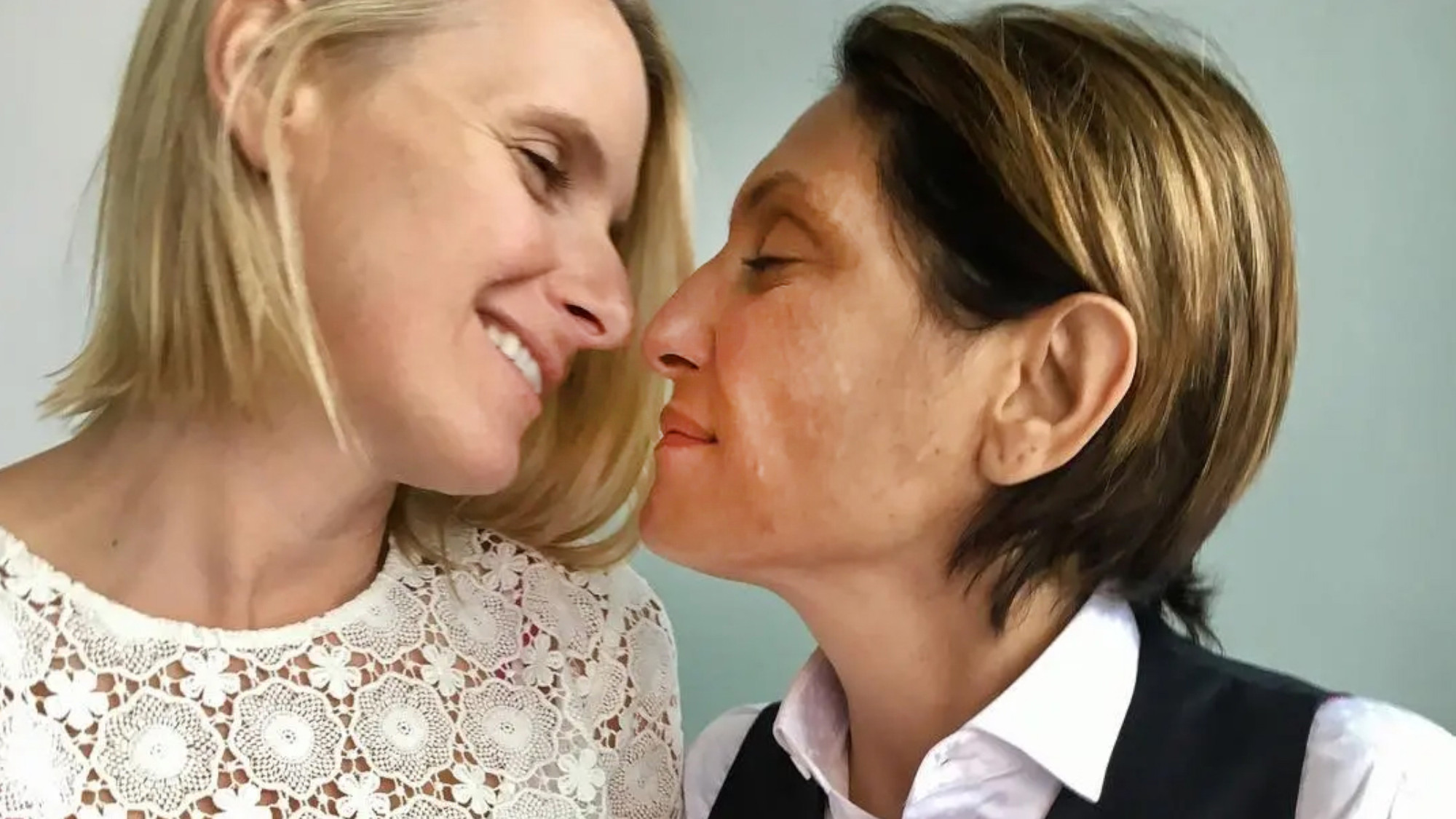
‘All the Way to the River: Love, Loss, and Liberation’ by Elizabeth Gilbert
In Elizabeth Gilbert’s best-selling memoirs, including her latest, “whiplash is a feature, not a bug,” said Meredith Maran in The Washington Post. Millions of readers fell in love with the author’s voice in Eat Pray Love, the 2006 blockbuster that chronicled her globe-hopping, yearlong, postdivorce quest for individual fulfillment. But she followed that up with a book championing marriage, then publicly disclosed that she had left her second husband to be with the love of her life: a woman named Rayya Elias who had been her best friend for years. Elias had been diagnosed with cancer by then and given six months to live, and this new book details the dark drama that followed. In the tale’s strongest scenes, the couple’s “beyond beautiful and then beyond ugly” interactions prove “punch-to-the-gut powerful.” Gilbert admits to once even deciding she should murder Elias. Yet of course she also finds her way back to the light. It’s “classic Gilbert,” at once “insightful, wrenching, self-effacing, self-indulgent, and profoundly real.”
“The funniest line in the book is one that was not meant to get laughs,” said Jia Tolentino in The New Yorker. Though Gilbert is more self-aware than she’s given credit for, she invites jeers by writing that any of us could have faced the same struggles she and Elias wrestled with. When Elias suggested that the pair should live “balls to the wall” in their short remaining time together, they went wild. Using Gilbert’s money, “they gorge on food, sex, travel, pleasure,” and once Elias’ pain escalates, their drug spree takes such a dark turn that Gilbert decides that overdosing Elias with fentanyl and sleeping pills would be the best way out. Fortunately, she drops that plan; unfortunately, she thinks she needs to turn each plot point into a teaching moment. While she retains obvious talent, her prose here is “often strangely flat and clipped,” like an Instagram post from the many content creators Eat Pray Love helped inspire. “The online writing that she influenced may now be influencing her.”
“Gilbert is undoubtedly a force,” said Rebecca Steinitz in The Boston Globe. “By the end of the book, she has achieved peaceful sobriety, at least until her next memoir,” and she does so by taking stock after Elias’ death, identifying her own problem as an addiction to love and sex, then undertaking therapy. The tale that precedes that latest epiphany is “absolutely bonkers,” both “brutally honest” and lurid as it reaffirms the author’s skill at observing and chronicling individual experience. “Does she go over the top? Sure. Does she do it well? Undoubtedly. Is she endlessly ‘balls to the wall’ in her own special way? Absolutely. After all, she is Elizabeth Gilbert.”
‘Mother Mary Come to Me’ by Arundhati Roy
“To the long, sonorous roll call of difficult mothers in literature, now add Mary Roy,” said Alexandra Jacobs in The New York Times. Arundhati Roy’s mother emerges in the pages of her daughter’s new memoir as an imperious, volatile woman who was both a hero to many and a terror to her own children. Her daughter, the Booker Prize–winning author of the “luminous” 1997 novel The God of Small Things, writes with “extraordinary precision” about her mother’s reign of terror and the world that shaped them both. Mary Roy, a single mother who founded a school and won two cases in India’s supreme court, let her young daughter know she was “a millstone around my neck” who should have been “dumped” at an orphanage. And if the insults weren’t enough, she had the author’s beloved German shepherd shot dead as punishment for mating with a street dog.
Judging by the power of this memoir, “nothing focuses the mind like the need to get your own story straight,” said Madeline Leung Coleman in NYMag.com. After winning wealth and wide acclaim for The God of Small Things, Arundhati Roy has devoted her subsequent career to fierce political writing aimed mostly at India’s leadership. That work has been courageous, but “her strength has always been as a writer of the ephemeral and small—the charge between two people, the light in a room, the texture of a child’s fear.” This book rewardingly returns her to that intimate scale as it grapples with a character, now dead, who was clearly both her hero and antagonist. “She’ll spend the rest of her life searching for an opponent as worthy.”
The Week
Escape your echo chamber. Get the facts behind the news, plus analysis from multiple perspectives.

Sign up for The Week's Free Newsletters
From our morning news briefing to a weekly Good News Newsletter, get the best of The Week delivered directly to your inbox.
From our morning news briefing to a weekly Good News Newsletter, get the best of The Week delivered directly to your inbox.
Mother Mary isn’t a portrait of its title subject alone, said Bilal Qureshi in Bloomberg. It’s also a portrait of the young author-to-be, an “often darkly comic” travelogue that’s “filled with sexy college affairs, hand-rolled cigarettes, professional failures, and literary breakthroughs.” Roy left home at 16 to study architecture in Delhi, then drifted into film acting and screenwriting before finally producing her breakthrough novel in her mid-30s. This new book retraces the path to that point and well beyond, and “above all, it’s the story of Roy’s stubborn insistence on freedom, learned from an equally stubborn mother.”
A free daily email with the biggest news stories of the day – and the best features from TheWeek.com
-
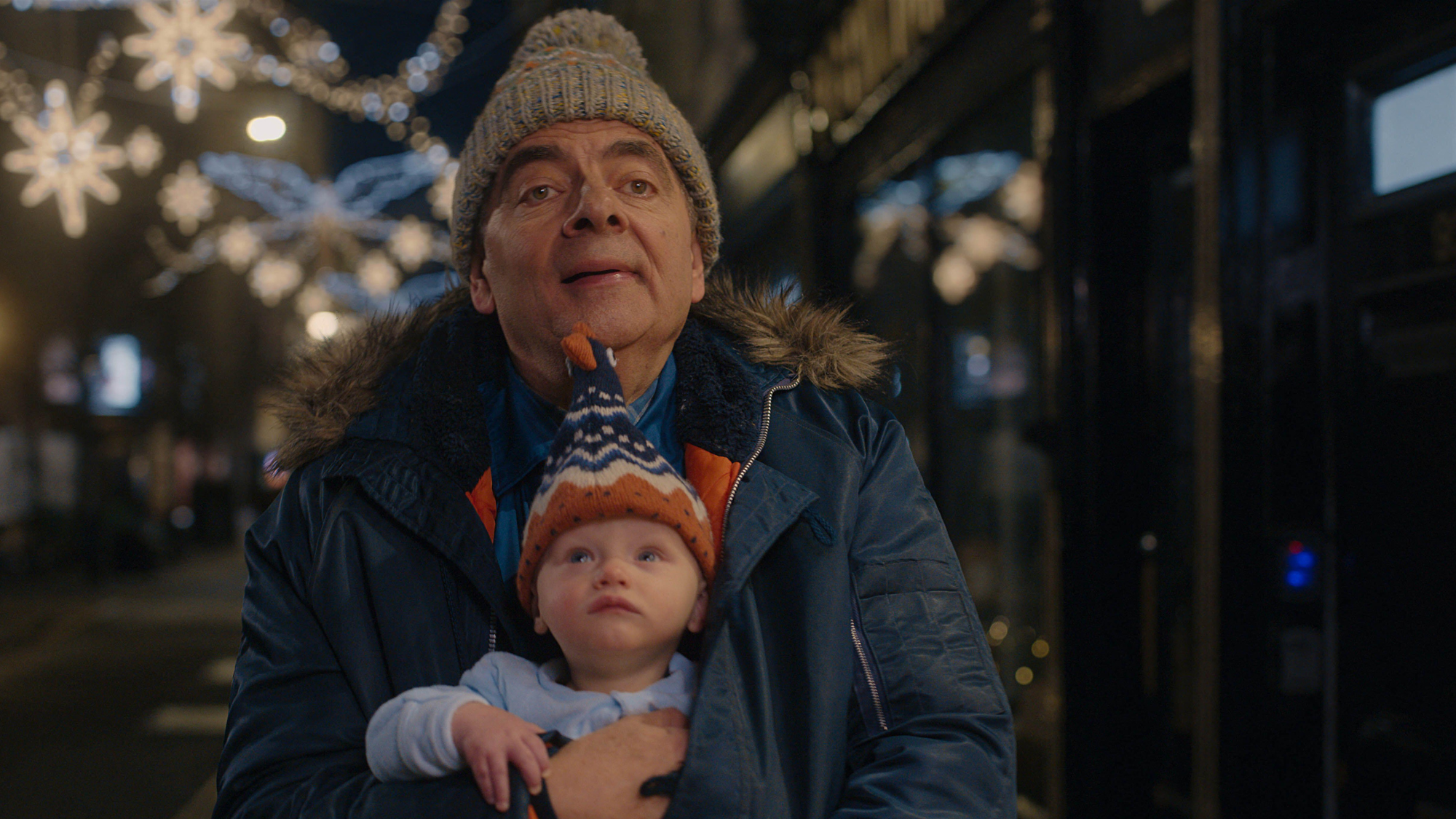 Man vs Baby: Rowan Atkinson stars in an accidental adoption comedy
Man vs Baby: Rowan Atkinson stars in an accidental adoption comedyTalking Point Sequel to Man vs Bee is ‘nauseatingly schmaltzy’
-
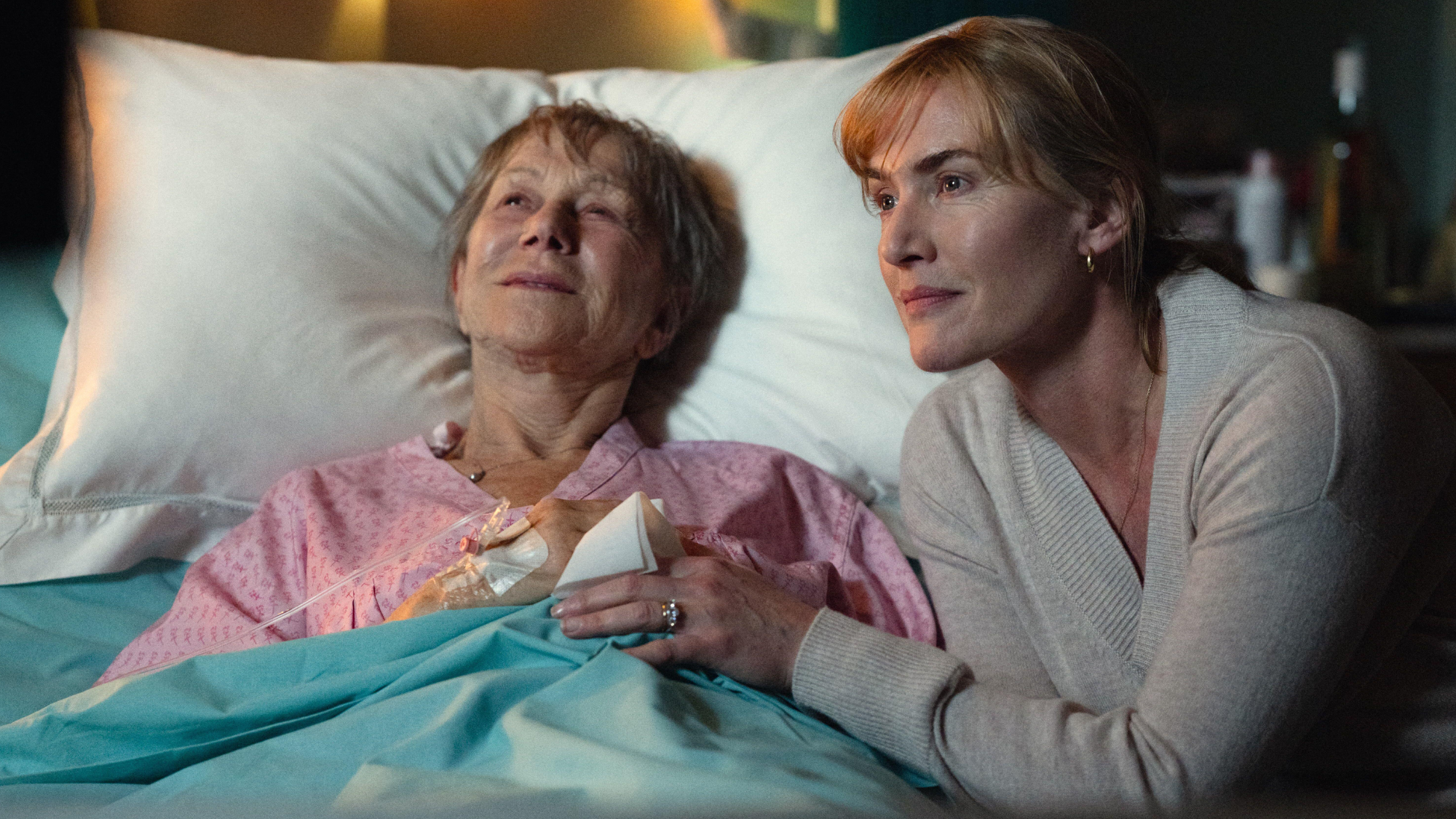 Goodbye June: Kate Winslet’s directorial debut divides critics
Goodbye June: Kate Winslet’s directorial debut divides criticsTalking Point Helen Mirren stars as the terminally ill English matriarch in this sentimental festive heartwarmer
-
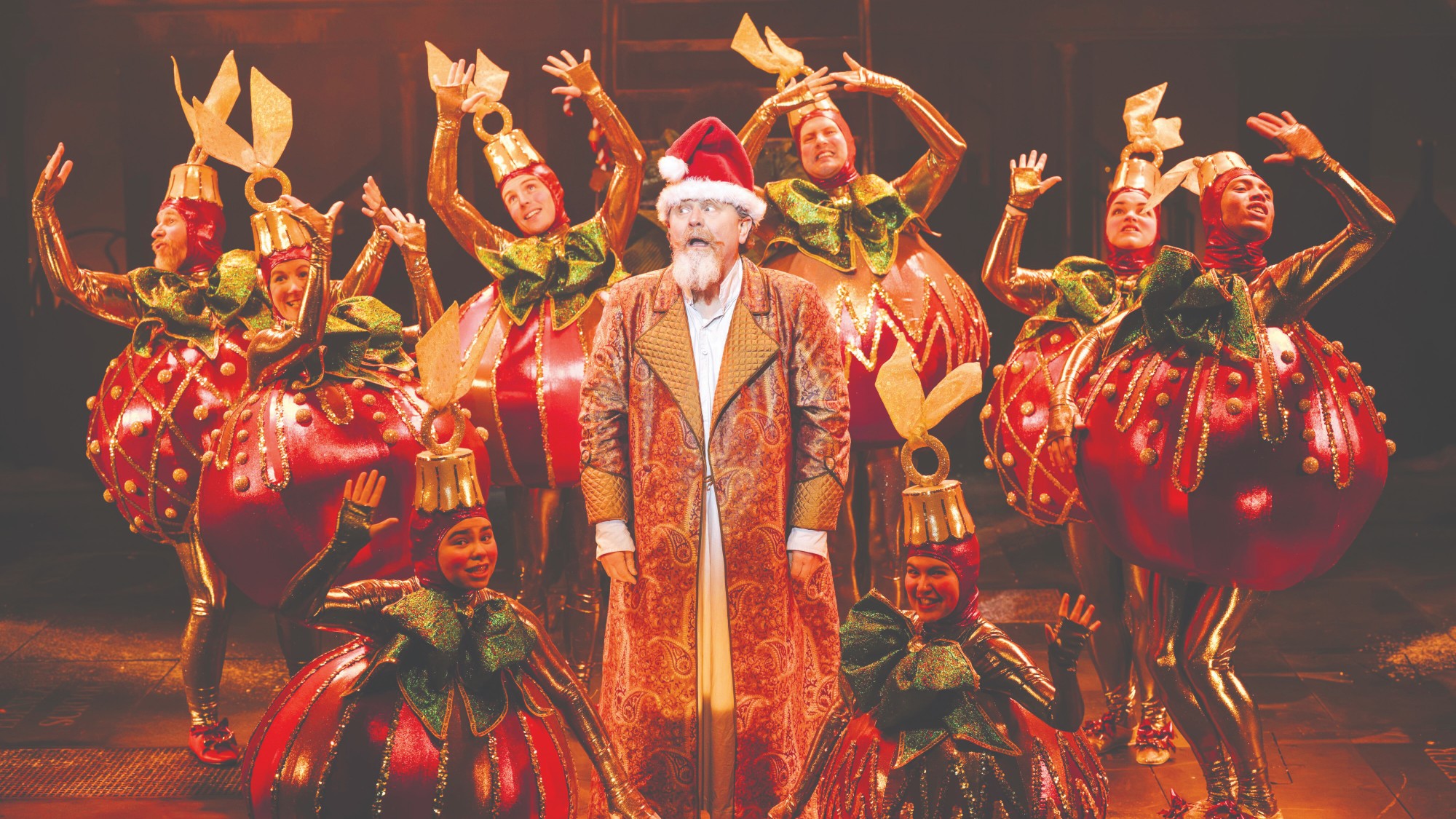 A Christmas Carol (or two)
A Christmas Carol (or two)The Week Recommends These are the most delightful retellings of the Dickens classic from around the country
-
 ‘Capitalism: A Global History’ by Sven Beckert and ‘American Canto’ by Olivia Nuzzi
‘Capitalism: A Global History’ by Sven Beckert and ‘American Canto’ by Olivia NuzziFeature A consummate history of capitalism and a memoir from the journalist who fell in love with RFK Jr.
-
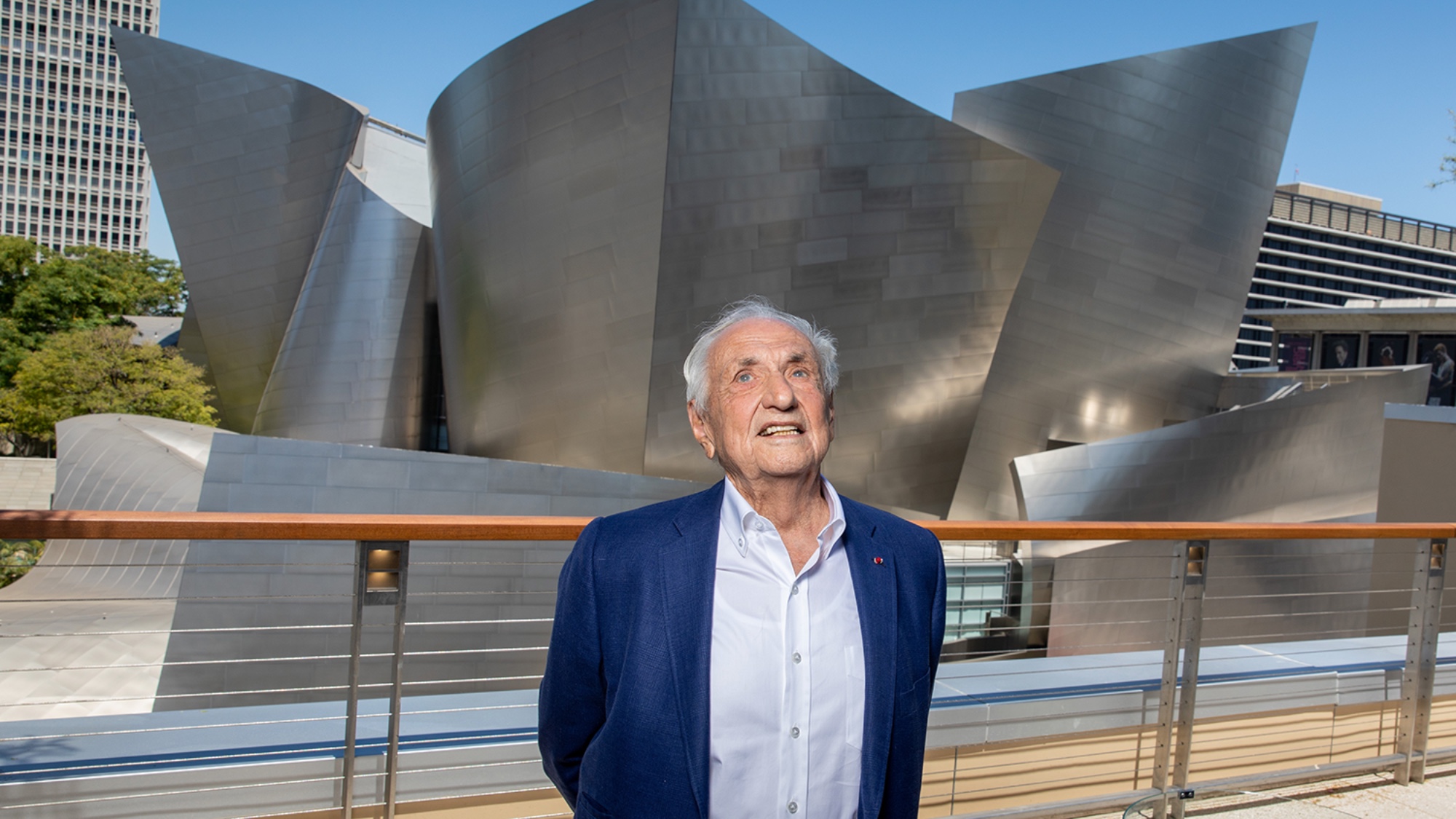 Frank Gehry: the architect who made buildings flow like water
Frank Gehry: the architect who made buildings flow like waterFeature The revered building master died at the age of 96
-
 Shush! UK libraries worth travelling for
Shush! UK libraries worth travelling forThe Week Recommends From architectural delights to a ‘literary oasis’, these are some of the best libraries around the country
-
 6 lovely barn homes
6 lovely barn homesFeature Featuring a New Jersey homestead on 63 acres and California property with a silo watchtower
-
 Film reviews: ‘Marty Supreme’ and ‘Is This Thing On?’
Film reviews: ‘Marty Supreme’ and ‘Is This Thing On?’Feature A born grifter chases his table tennis dreams and a dad turns to stand-up to fight off heartbreak


